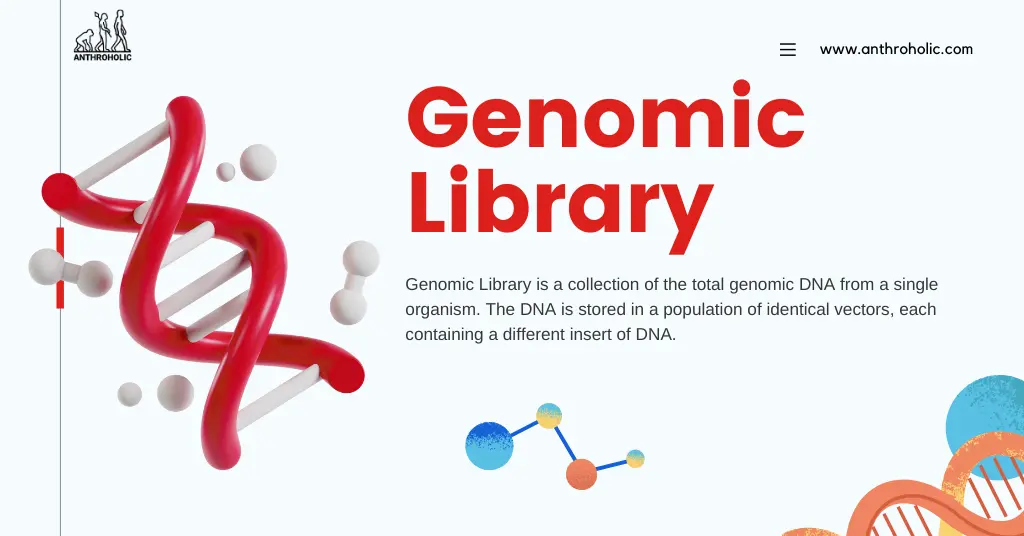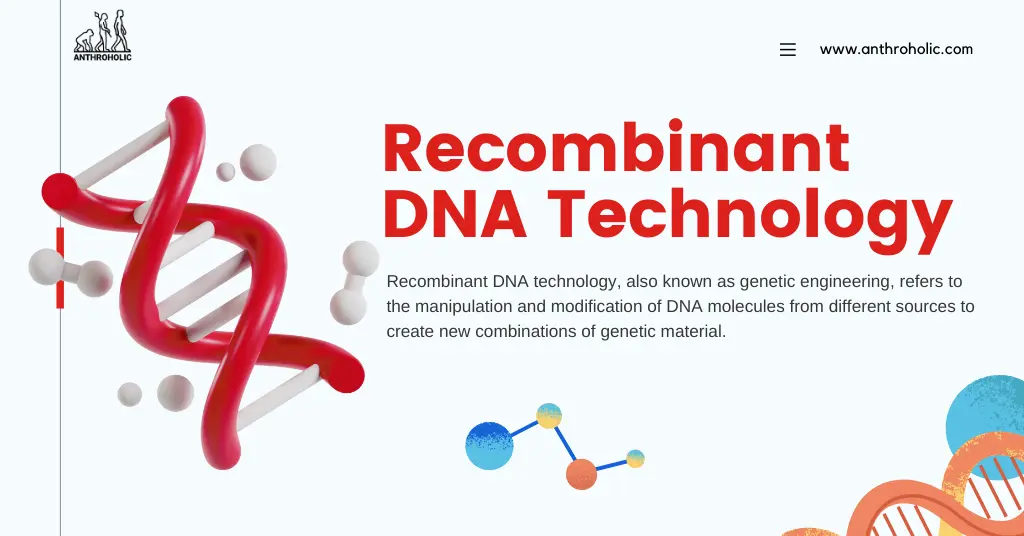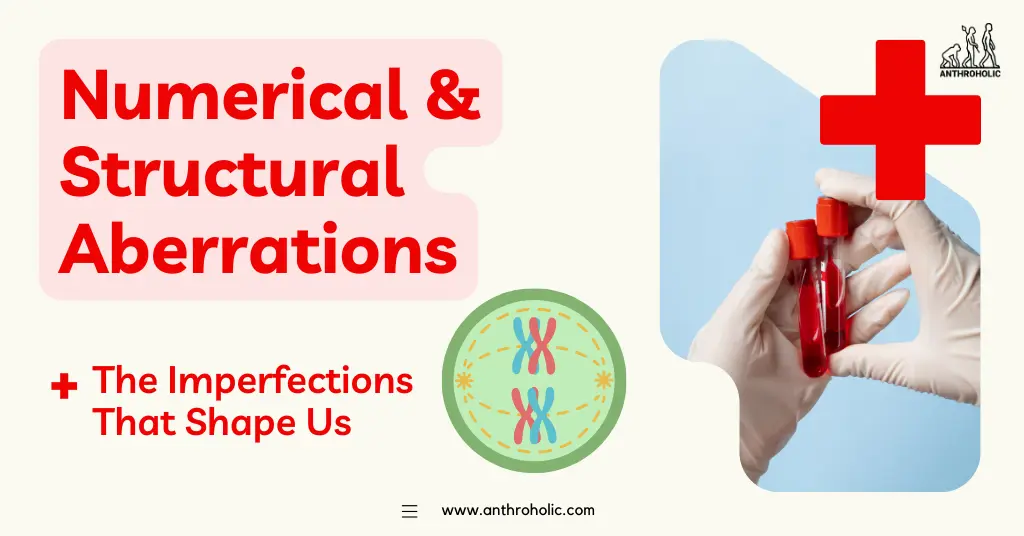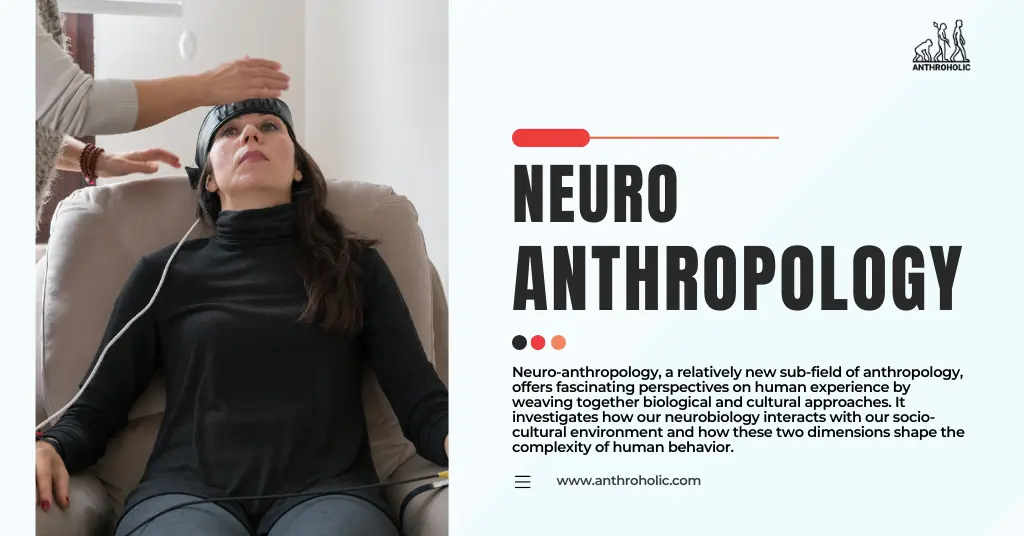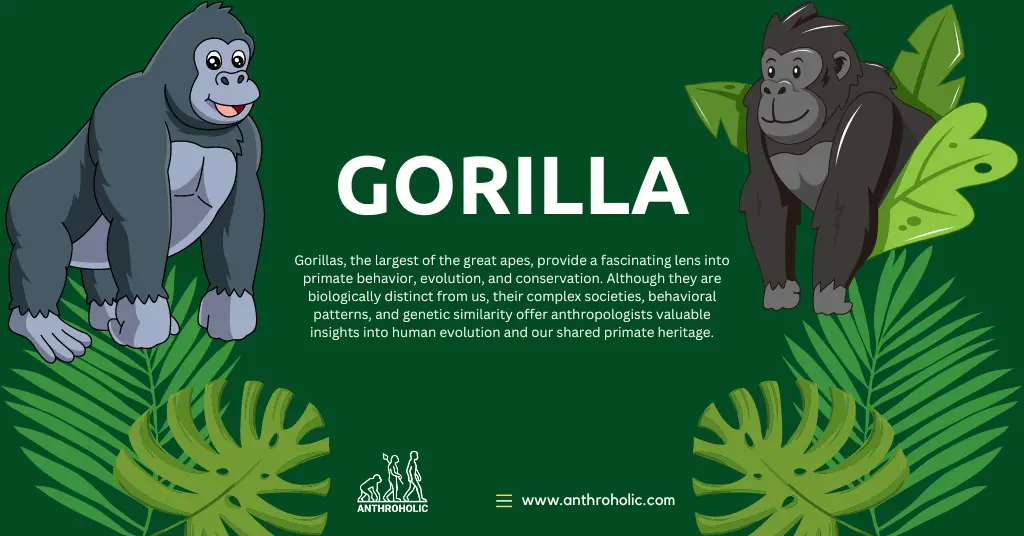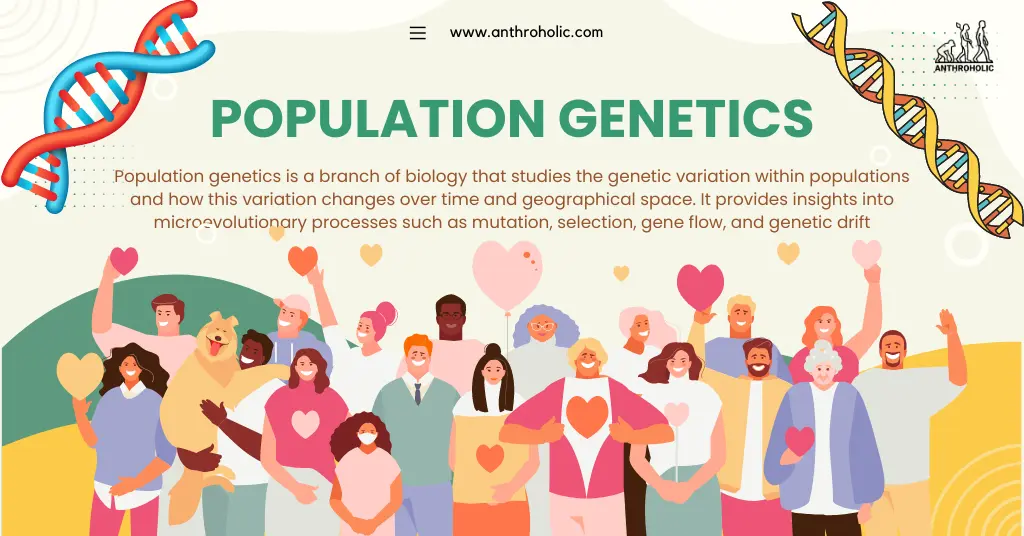AI Answer Evaluation Platform Live Now. Try Free Answer Evaluation Now

Chromosomal Abnormalities
Chromosomal abnormalities occur when there is a significant change in the number or structure of chromosomes in a person's cells. This can include deletions, duplications, inversions, or translocations of chromosome parts.

